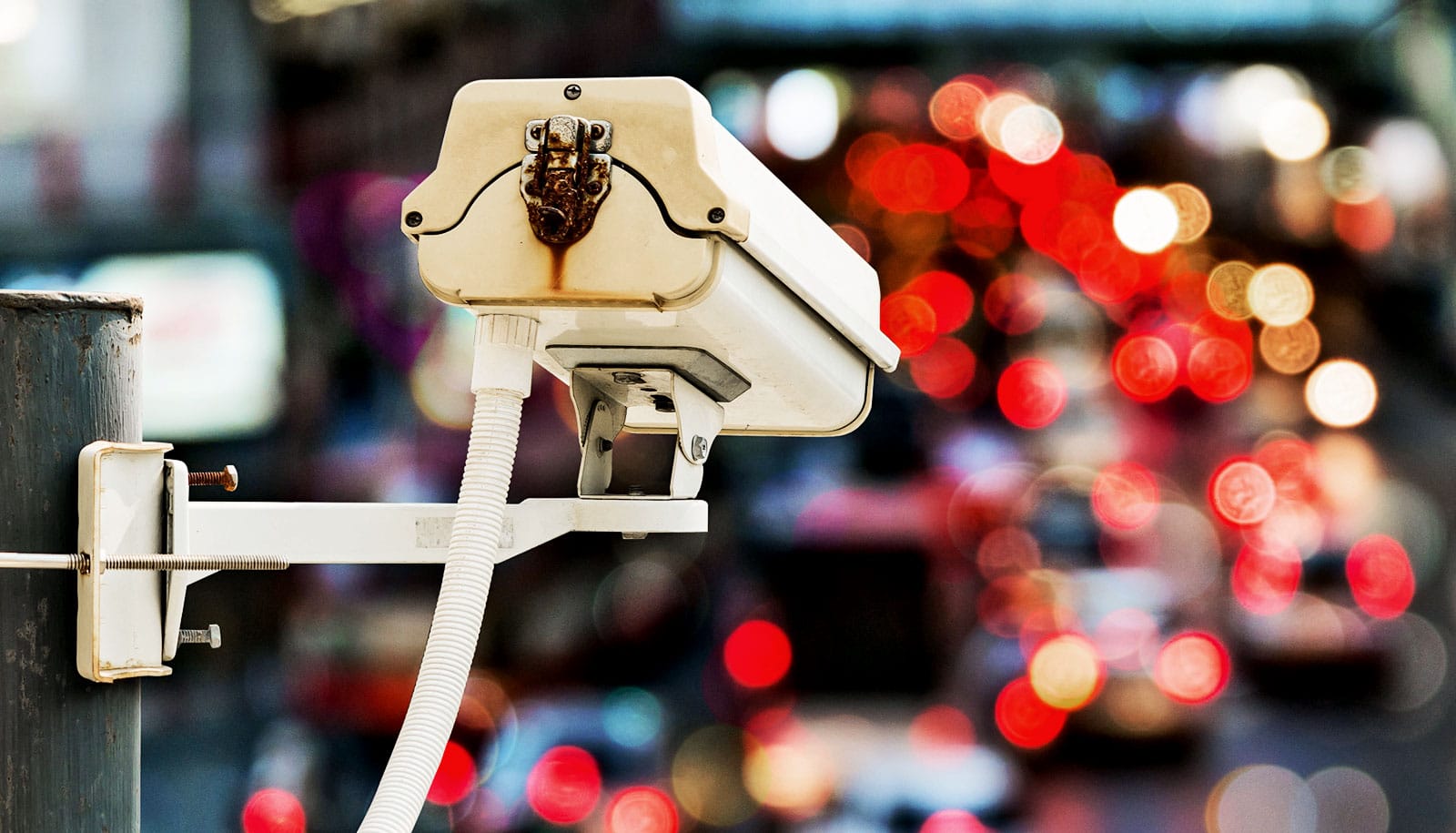
Drivers are more open to automated enforcement via traffic cameras when proponents highlight its role in reducing racial profiling, a new study finds.
Despite their effectiveness at reducing traffic-related fatalities, speed cameras remain rare in the US, partly because of perceptions among state and federal policymakers that the public opposes their installation.
Advocates seeking to shift public opinion typically emphasize the safety benefits of the cameras, but this approach has done little to increase cameras’ uptake. Currently, 32 states have official or de facto bans on speed cameras, according to the Insurance Institute for Highway Safety.
A more effective way to overcome public opposition would be to tout the role cameras play in reducing racial profiling and minimizing police-driver interactions, hypothesizes Kelcie Ralph, an associate professor of urban planning and policy development at the Edward J. Bloustein School of Planning and Public Policy at Rutgers University.
“Transportation planners and officials botched the initial rollout of cameras with fraud, bribery scandals, and kickbacks in cities like Anchorage and Chicago,” Ralph says. “This research offers an opportunity to start over.”
Traffic stops are the most common interaction between police officers and US residents. Black drivers are stopped disproportionately by police, and cities with larger Black populations tend to have higher rates of ticketing and revenue collection per capita than cities with smaller Black populations.
Automated traffic enforcement cameras could be used to reduce driver-police interactions, Ralph says.
To test whether a racial framework could increase public support for the technology, Ralph and colleagues from the University of California, Davis, and Monash University in Australia asked 1,468 US adults their views on racial profiling, policing, and trust in police.
Support for cameras was higher among those who agree that racial profiling occurs and among those who disapprove of the practice (78% and 83%, respectively). But of the 8% of respondents who “strongly approve” of racial profiling, just 61% approved of cameras, suggesting a racial framework could expand support more broadly.
Next, the authors conducted an experiment using two different descriptions of a camera program. Some respondents read that the program was designed to reduce racial bias and minimize interactions with police, while others read a shorter description that was narrowly focused on how the cameras would work.
The racial justice message increased support for cameras (71% versus 57%). Most importantly, the frame did not lead to backlash from any group (whites, conservatives, or those who approve of racial profiling).
Winning public support will be easier than maintaining it, Ralph says. She suggests three crucial elements to a successful traffic camera rollout:
- Camera locations should be chosen based solely on crash statistics to ensure cameras aren’t disproportionately located in low-income neighborhoods or communities of color.
- Revenue from camera programs should be reinvested into road infrastructure and traffic safety projects and not used to fill police or city coffers.
- New legal frameworks are needed to punish repeat offenders.
“Implementation details matter immensely,” Ralph says. “But by considering best practices, concerns can be overcome, support can be maintained, and traffic safety can be improved.”
The study appears in Transportation Research Interdisciplinary Perspectives.
Source: Rutgers University